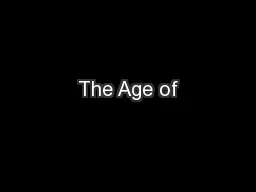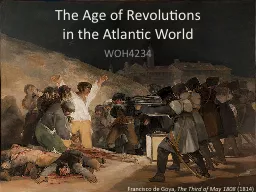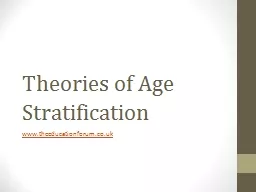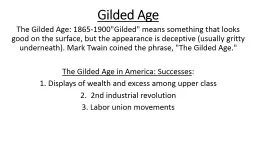PPT-The Age of
Author : trish-goza | Published Date : 2016-06-28
Realpolitik 18481871 APEURO Lecture 6A Mrs Kray Some slide information taken from historysagecom Failure of the Revolutions of 1848 Failure in German States Nationalists
Presentation Embed Code
Download Presentation
Download Presentation The PPT/PDF document "The Age of" is the property of its rightful owner. Permission is granted to download and print the materials on this website for personal, non-commercial use only, and to display it on your personal computer provided you do not modify the materials and that you retain all copyright notices contained in the materials. By downloading content from our website, you accept the terms of this agreement.
The Age of: Transcript
Download Rules Of Document
"The Age of"The content belongs to its owner. You may download and print it for personal use, without modification, and keep all copyright notices. By downloading, you agree to these terms.
Related Documents














